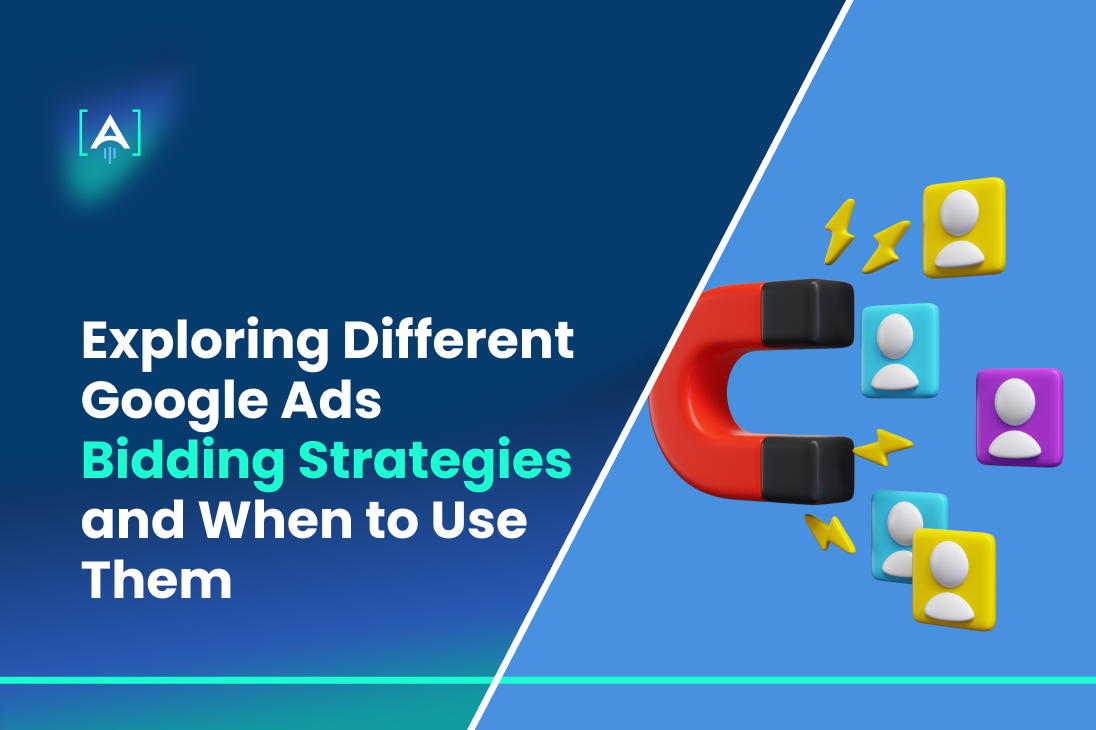In the challenging world of digital advertising, Google Ads is where businesses fight for clicks and conversions. With so many bidding strategies available, picking the right one can be frightening.
Each strategy suggests unique advantages depending on your campaign goals, budget, and target audience.
Understanding the differences and how to apply them effectively is crucial for maximizing your advertising success.
Choosing a reputable Google Ads agency can significantly boost your advertising and online marketing efforts by optimizing your campaigns for better ROI.
According to Statista, advertising accounts for the majority of Google’s revenue, which amounted to 305.63 billion U.S. dollars in 2023. The majority of Google’s advertising revenue comes from search advertising.
Source: Statista
The blog will cover the Google Ads arsenal, exploring different bidding strategies and helping you understand when to use each for the best results.
What is Bidding in Google Ads?
Bidding in Google Ads is a fundamental process where advertisers set the maximum amount they’re willing to pay for users to interact with their ads. Depending on the chosen campaign goal, this could be through clicks, impressions, or conversions.
Source: Semrush
The effectiveness of your Google Ads bidding strategies can significantly impact your campaign’s success. It influences how often your ads are displayed and how competitively they are positioned against other advertisers.
Understanding Google Ads bidding strategies is crucial for optimizing ad performance and decreasing return on investment.
Factors Influencing Bidding Decisions
Several factors can affect your bidding decisions in Google Ads, requiring a careful balance to ensure that each dollar spent contributes to achieving your advertising objectives.
These factors include budget, advertising goals, and target audience. Each has a critical role in shaping a successful Google Ads strategy.
Budget
Your budget is a primary constraint directly influencing your Google Ads bidding strategy. It determines how aggressively you can bid and how long you can sustain your ad placements. Setting a clear budget that aligns with your business goals is essential for effectively optimizing Google Ads.
It’s important to start with a budget that allows testing different strategies without exhausting resources too quickly.
Source: Demandsage
Over time, by analyzing the performance data, advertisers can adjust their budgets based on which Google ads bidding strategies offer the best returns.
Advertising Goals
Your advertising goals are pivotal in selecting the proper Google Ads bidding strategy. Whether you strive to increase brand awareness, generate leads, or drive sales, each goal might require a different approach.
For instance, if the main goal is maximizing conversions, automated bidding strategies like CPA (Cost Per Acquisition) or Enhanced CPC (Cost Per Click) might be more effective. These innovative bidding strategies allow Google’s AI system to optimize bids for each auction, aiming to convert users at your target cost.
Target Audience
The characteristics of your target audience, such as their behavior, location, device usage, and time of engagement, can significantly impact the effectiveness of your bidding strategy. Google Ads enables you to adjust bids based on these factors. For example, if data shows that conversions are higher on weekends, you can increase your bids during these periods.
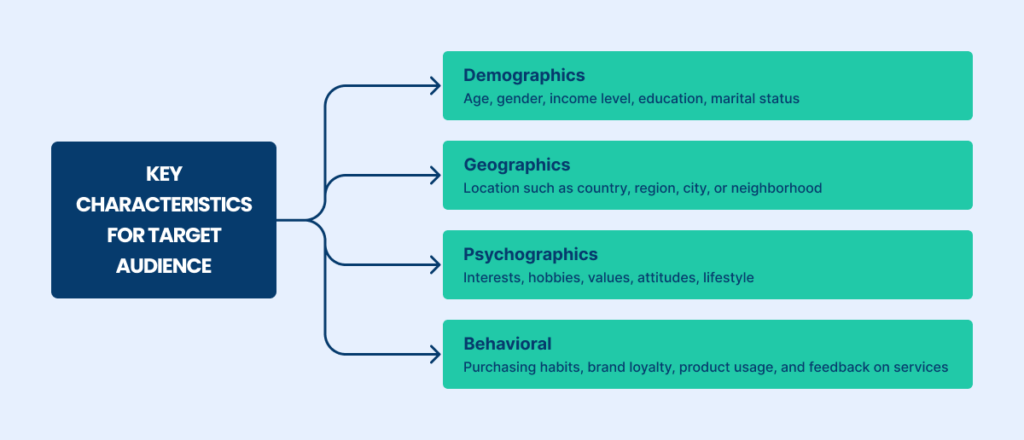
Additionally, understanding the Google Ads Quality Score, which rates the quality and competency of your ads and keywords, is crucial. A higher quality score can lead to lower costs and better ad positioning, making creating highly relevant ads tailored to your target audience vital.
Understanding the essential factors and how they interact helps craft more effective Google Ads bidding strategies.
By continuously monitoring and adjusting your approach according to performance metrics, you can ensure that your Google Ads campaigns remain competitive and cost-effective, maximizing both reach and ROI.
Types of Bidding Strategies in Google Ads
Google Ads offers various bidding strategies for different advertising goals and campaign types.
Understanding the nuances of each can help you optimize your campaigns more effectively.
Manual Bidding
Manual bidding in Google Ads gives you complete control over your bid amounts for different ad groups or keywords.
This Google Ads bidding strategy best suits advertisers who understand their campaigns and the competitive landscape.
Check Our Ultimate Google Ads Glossary
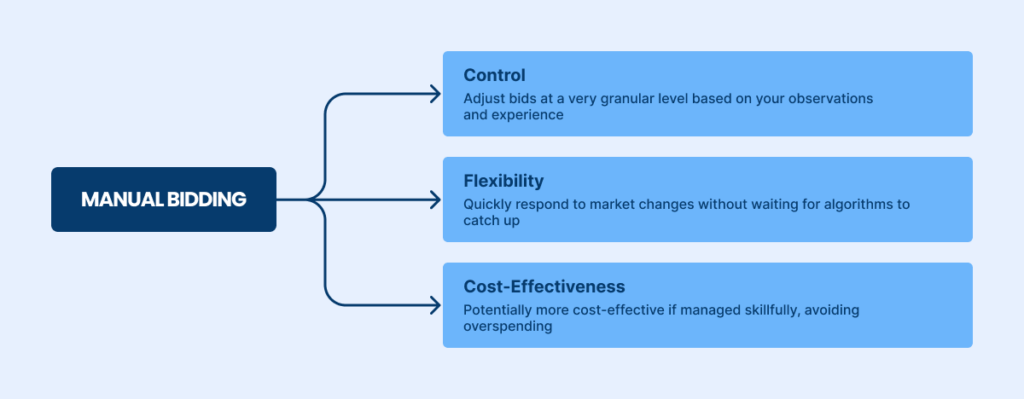
Automated Bidding
Automated bidding applies to machine learning to optimize your bids for each auction, a smart bidding strategy designed to maximize the performance of your ad spend.
This approach is best for those looking to save time and rely on Google’s algorithms to make bid adjustments in real-time based on a plethora of signals.
Different Types of Automated Bidding Strategies
Target CPA (Cost Per Acquisition)
- Goal: Achieve as many conversions as possible at your target CPA.
- Best for Campaigns where acquiring leads at a consistent cost is more important than the cost of clicks.
Target ROAS (Return on Ad Spend)
- Goal: Achieve an average return on ad spend that you specify.
- Best for Campaigns concentrates on achieving a specific return relative to the amount spent on ads.
Maximize Conversions
- Goal: Get the most conversions possible within your set budget.
- Best for Campaigns whose primary goal is to drive action, regardless of cost considerations.
Maximize Conversion Value
- Goal: Maximize the total conversion value within your budget, often using conversion values assigned to different actions.
- Best for: Campaigns where different conversions have varying values, helping prioritize higher-value actions.
Enhanced CPC (Cost Per Click)
- The goal is to adjust your manual bids to increase conversions while retaining some bid control.
- Best for: Advertisers who prefer to maintain some control over their bids but want to take advantage of opportunities to increase conversions.
Each automated bidding strategy leverages Google’s advanced machine learning capabilities to predict how different bid amounts might impact conversions or conversion value, adjusting bids accordingly to optimize performance. This makes them especially powerful in dynamic competitive environments where numerous factors affect ad performance.
By choosing the right Google Ads bidding strategies and continuously refining your approach based on detailed analytics and performance data, you can effectively drive more valuable actions through your campaigns.
Choosing the Right Bidding Strategy
Choosing the right Google Ads bidding strategy is pivotal for the success of your digital advertising efforts.
This decision should be based on a comprehensive understanding of your specific needs and the dynamic environment of your industry.
Factors to Consider
When deciding on a bidding strategy for Google Ads, several critical factors must be assessed to align your ad spend with your business objectives effectively.
Campaign Goals
Your campaign goals are the cornerstone of your bidding strategy decision. Each goal might require a different approach in how you manage your bids:
- Lead Generation: If the campaign’s purpose is to generate leads, consider using Cost Per Acquisition (CPA) or Enhanced Cost Per Click (ECPC) bidding to control costs while maximizing lead volume.
- Brand Awareness: For campaigns aimed at enhancing brand visibility, you might opt for Cost Per Thousand Impressions (CPM) or Maximize Conversions strategies to increase the reach.
- Sales: For direct sales objectives, a conversion-focused strategy like Maximize Conversion Value or Target Return on Ad Spend (ROAS) can be more effective, ensuring you are not just driving conversions, but profitable ones.
Understanding these goals and selecting the appropriate Google Ads bidding strategies can significantly enhance the effectiveness of your campaigns.
Industry Competition
The level of competition in your industry can greatly influence your choice of bidding strategy:
- High Competition: In highly competitive industries, automated bid strategies like Google Ads Performance Max might be beneficial. These strategies utilize machine learning to optimize bids across multiple channels and inventory types, giving you a better chance to stand out.
- Moderate to Low Competition: In less competitive markets, you might find more success with manual bidding or less aggressive automated strategies, which allow for finer control over ad spend and targeting.
Analyzing the competitive landscape and using Google Adwords Tips related to competitive bidding can guide you in making more informed decisions that are tailored to your market’s characteristics.
Budget Constraints
Budget considerations are essential in determining the feasibility and sustainability of a bidding strategy.
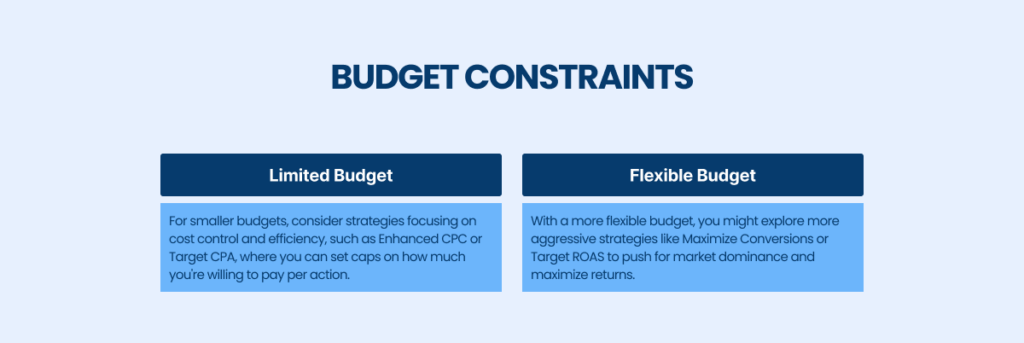
It’s important to continuously monitor and adjust your strategies according to performance data to ensure that your spending aligns with your financial goals and campaign performance objectives.
Google Ads Optimization and Strategy Adjustment
Continual Google ads optimization is key to success in Google Ads. Regular reviews and adjustments based on performance metrics and changing market conditions are essential.
Source: Demansage
Utilizing Google Ads attribution models can help in understanding the path your customers take, giving deeper insights into which ads are truly driving value and should be bid up.
By considering these factors and ongoingly refining your Google Ads bidding strategy, you can better align your advertising efforts with your overall business goals, driving more effective results from your campaigns.
The strategic selection and adjustment of your bids, guided by detailed analytics and performance data, will ensure that you are not only competing but excelling in the digital advertising arena.
Strategy Recommendations Based on Campaign Type
When crafting a Google Ads campaign, it’s crucial to tailor your bidding strategy to the specific goals of the campaign.
Whether you aim to enhance brand awareness, drive sales conversions, or generate leads, each objective demands a distinct approach to how you manage and execute your bids.
Brand Awareness Campaigns
Brand awareness campaigns are designed to expose your brand to a broader audience. For these campaigns, the focus is less on immediate conversions and more on maximizing impressions and reach.
Source: Influencer Marketing Hub
A suitable Google Ads bidding strategy for brand awareness would be using Cost Per Thousand Impressions (CPM) or Cost Per View (CPV) for video ads. Video ads are particularly effective for brand campaigns because they engage users more deeply than static images or text. Utilizing a portfolio bid strategy can be beneficial when setting up these campaigns.
This approach allows you to set shared budgets and bid strategies across multiple campaigns, optimize your bids based on collective performance data, and ensure that your ads reach as wide an audience as possible.
The goal here is to create high-impact visuals and messages that resonate with the audience, making your brand memorable and easy to recognize.
Sales Conversions Campaigns
For campaigns focused on driving sales, the strategy shifts towards targeting users who are more likely to purchase.
Source: Demandsage
In this scenario, using a Google Ads bidding strategy like Target Return on Ad Spend (ROAS) aligns perfectly with the campaign’s objectives. This strategy automatically adjusts your bids to increase revenue while trying to achieve the target return you’ve set. For eCommerce sites, pairing Target ROAS with Google Ads strategies for shopping campaigns can dynamically adjust bids on a product-by-product basis, which can be highly effective.
Additionally, using manual CPC bidding can also be advantageous, especially if you have specific insights into which ads or keywords have historically led to high conversion rates.
By manually controlling the CPC, marketers can invest more heavily in areas with proven track records, potentially increasing ROI significantly.
Lead Generation Campaigns
Lead generation campaigns require a delicate balance between volume and quality of leads. For these types of campaigns, using Cost Per Acquisition (CPA) targeting can optimize campaigns by focusing on converting users at or below a set target cost.
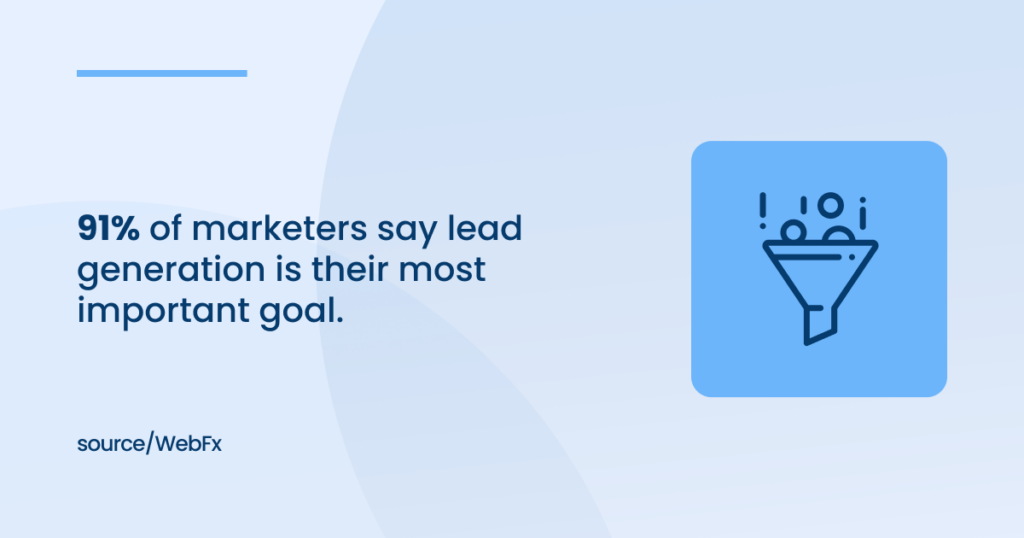
This Google Ads bidding strategy ensures you are not overpaying for leads and helps maintain your budget efficiency. CPA works well with forms of engagement like completing a contact form, signing up for a newsletter, or any other action that can be tracked as a conversion. It’s also important to integrate your bids with high-intent keywords that potential leads are searching for.
As lead generation often involves nurturing potential customers through the sales funnel, integrating these strategies with well-crafted ad copy and compelling calls-to-action is crucial to encourage user engagement and ultimately, conversions.
Advanced Bidding Techniques
In the dynamic world of digital advertising, mastering advanced Google Ads bidding strategies can provide a significant competitive edge. These sophisticated techniques allow advertisers to optimize their ad spend more efficiently, targeting the right users at the right time and across multiple channels.
By incorporating seasonal adjustments, leveraging AI for bidding optimization, and deploying multi-channel bidding strategies, businesses can enhance the performance of their campaigns significantly.
Seasonal Adjustments
Seasonal adjustments are a critical component of advanced Google Ads bidding strategies. This approach involves modifying your bids and budgets to align with specific times of the year when your target audience’s purchasing behavior changes due to seasonal factors.
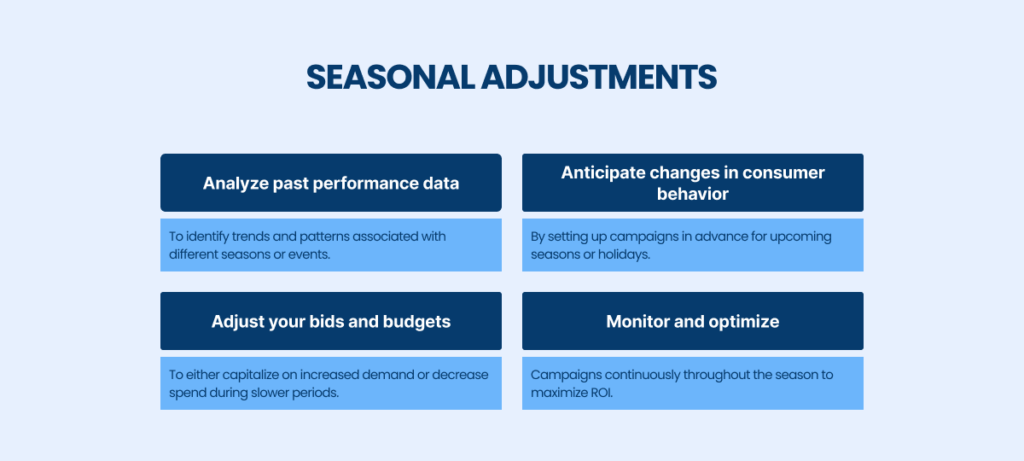
For example, retailers may increase their bids during the holiday shopping season to capture more traffic, while a tourism-related business might boost its advertising spend during the peak travel seasons.
These adjustments ensure that your Google Ads campaigns remain relevant and effective, adapting to the ebb and flow of seasonal trends.
Leveraging AI for Bidding Optimization
Artificial Intelligence (AI) has transformed how bidding strategies are implemented in Google Ads.
Source: Forbes
AI-driven bidding strategies, often referred to as smart bidding, appliance of machine learning algorithms to optimize bids in real-time, maximizing the potential for conversions based on a myriad of auction-time signals.
The key aspects of leveraging AI for bidding optimization are the followings:
- Target CPA and Target ROAS: These smart bidding strategies automatically adjust bids to meet the target cost per acquisition or return on ad spend, taking into account the likelihood of conversion for each ad impression.
- Maximize Conversions and Maximize Conversion Value: These strategies focus on getting the most conversions or the maximum conversion value possible within your set budget, utilizing AI to predict and capture the most valuable opportunities.
- Enhanced CPC (ECPC): This strategy adjusts your manual bids up or down based on each click’s likelihood to result in a sale or conversion, adding a layer of AI optimization to traditional CPC bidding.
Using AI for Google Ads optimization not only simplifies the management of your campaigns but also enhances their effectiveness by dynamically adapting to changes in user behavior and market conditions.
Multi-channel Bidding Strategies
Multi-channel bidding strategies involve coordinating your Google Ads bidding strategy across various platforms to create a cohesive and unified advertising effort. This approach is essential for businesses that engage with customers through multiple digital touchpoints, including search engines, social media, and other advertising networks.
To deploy an effective multi-channel bidding strategy:
- Integrate data across platforms to gain a holistic view of your advertising performance.
- Use cross-channel insights to understand how your ads on one platform affect conversions on another.
- Adjust bids based on comprehensive performance data, not isolated per channel metrics.
- Leverage Google Ads features like Performance Max, which automatically places ads across Google’s entire inventory, including YouTube, Google Search, and the Display Network, according to the likelihood of achieving your specified goals.
By harmonizing your bidding strategies across all channels, you can guarantee that your advertising message is consistent, and your budget is allocated in the most effective manner possible. This not only increases your campaign’s reach but also boosts its overall conversion potential.
Partner with [A] Growth Agency for Different Google Ads Bidding Strategies
Navigating the world of Google Ads bidding strategies can seem complex, but mastering these techniques is essential for maximizing your digital marketing success.
By understanding the nuances of different bidding strategies can significantly enhance your campaign’s efficiency and effectiveness.
Keep in mind that the key to success in digital advertising lies not just in choosing the right strategy but also in continuously analyzing and refining your approach based on real-world results.
Stay agile with [A] Growth Agency to keep learning and using the insights gained from each campaign to inform your future strategies.
Our experienced team specializes in turning business goals into reality with effective, tailored growth strategies.
Our approach is not just about achieving short-term gains but building long-term value. By staying ahead of market trends and continuously adapting our strategies, we help our clients not only meet but exceed their growth objectives.
Don’t hesitate to contact!
